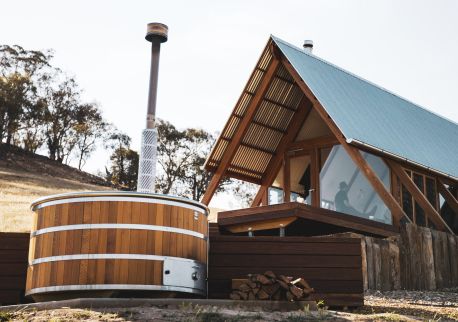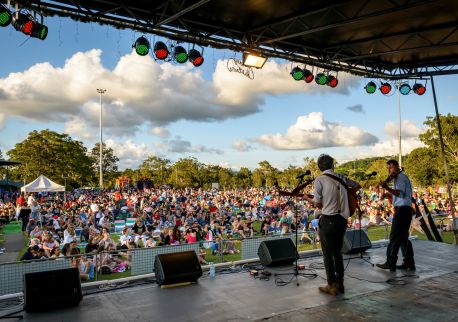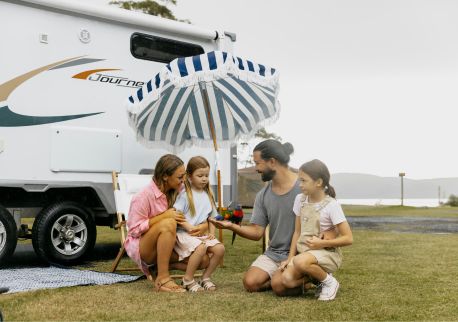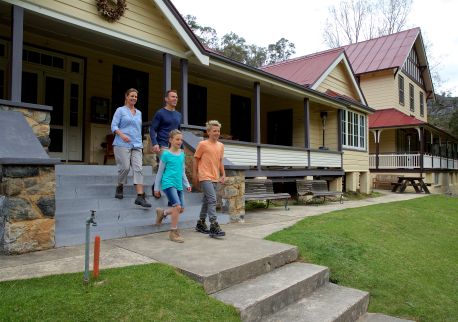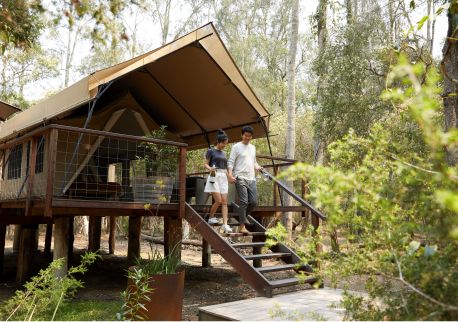Thirroul Library
Highlights
Overview
Your Library, your place.
The largest library in Wollongong's northern suburbs, the spacious and light-filled Thirroul Library is located with the Thirroul District Community Centre and adjacent to local shops and cafes.
An inclusive and safe space for everyone, the Library is home to an extensive collection of books, films, music and magazines, with free technology and internet access, and friendly expert staff on hand.
The Library hosts regular events and programs for all ages, from fun preschool literacy to creative and technology workshops for adults.
The Library is a short walk from Thirroul Train Station, with free parking available on site.









